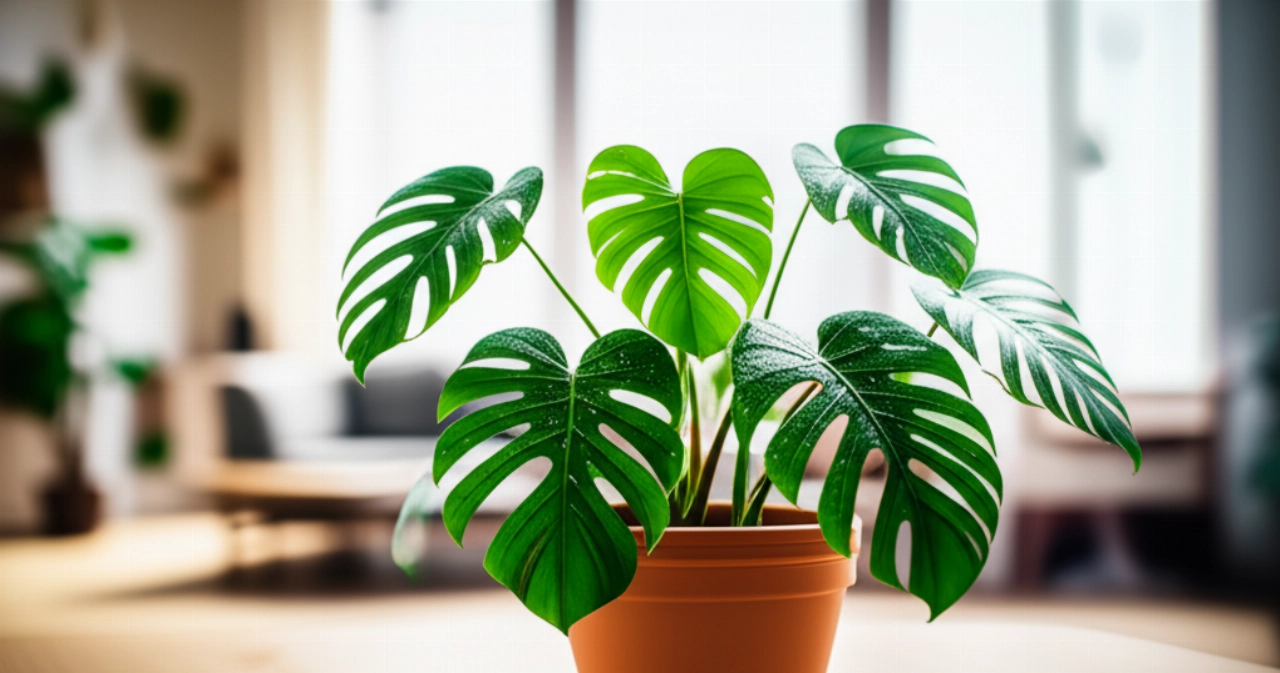The vibrant world of plant and flower commerce is unlike any other. It’s a realm of breathtaking beauty, but beneath the surface lies a complex web of seasonal demand, perishable inventory management, intricate B2B pricing, and demanding logistics. For enterprise-level nurseries, wholesalers, distributors, and large retailers, this complexity often translates into a scalability ceiling.
Your current e-commerce platform, whether a basic Shopify plan or an aging custom build, buckles under peak loads, struggles with real-time inventory updates, or creates integration hell with your ERP and WMS systems. You’re not just selling products; you’re managing living, breathing inventory with unique fulfillment challenges. The fear of a failed migration looms large, and the "one-size-fits-all" trap of many SaaS solutions leaves you frustrated by their inability to handle your specific B2B workflows or complex product configurators.
This isn't merely about building a website; it's about engineering a robust, future-proof digital ecosystem. This guide will illuminate the strategic path to a plant and flower ecommerce solution that not only handles your unique challenges but transforms them into a blooming competitive advantage.

Beyond the Bloom: Why Your Plant & Flower Ecommerce Needs an Enterprise Foundation
In the competitive landscape of horticulture, your digital storefront is more than a sales channel; it’s your central business operating system. A truly effective plant and flower ecommerce platform enables you to:
- Master Seasonal Demand: Seamlessly scale up for peak seasons (e.g., spring planting, holidays) and down during quieter periods, without performance bottlenecks.
- Optimize Inventory & Logistics: Achieve real-time visibility and control over perishable goods, integrating deeply with your existing ERP, PIM, and WMS systems for precise order fulfillment and reduced waste.
- Streamline B2B Operations: Offer complex B2B pricing, custom catalogs, credit terms, and personalized customer portals that cater to the unique needs of your wholesale clients.
- Enhance Customer Experience: Provide a fast, intuitive, and visually rich online experience that reflects the beauty of your products, driving higher conversion rates and customer loyalty.
- Lower Total Cost of Ownership (TCO): Invest in an architecture that grows with you, minimizing the need for costly replatforming every few years.
This strategic approach moves beyond basic transactions, positioning your digital presence as a powerful engine for market share growth and profitability.

The Seasonal Strain & Inventory Nightmare: Why 'Off-the-Shelf' Solutions Wilt
Many enterprise businesses in the plant and flower sector discover too late that standard e-commerce platforms are simply not designed for their unique complexities. This leads to critical pain points:
- The Scalability Ceiling: During peak seasons, your site slows to a crawl or crashes, leading to lost sales and frustrated customers. Generic platforms lack the architectural robustness for high-volume, concurrent users.
- Integration Hell: Disconnected systems mean manual data entry, errors, and significant operational inefficiencies. Your ERP, CRM, PIM, and WMS don't "talk" to each other, creating data silos and hindering accurate inventory tracking for perishable goods.
- The "One-Size-Fits-All" Trap: Standard SaaS solutions offer limited customization. You can't implement complex B2B workflows, unique product configurators (e.g., for custom arrangements), or intricate pricing rules without cumbersome workarounds or expensive third-party apps.
- The Performance Bottleneck: Slow page load times, especially with rich imagery and extensive product catalogs, kill conversions. This anxiety is amplified during critical sales periods.
These issues don't just impact your bottom line; they erode trust, damage your brand reputation, and stifle your ability to innovate and compete effectively.

Cultivating Success: The Pillars of a High-Performance Plant & Flower Ecommerce Ecosystem
Building a resilient and profitable plant and flower ecommerce platform requires a strategic blueprint. At Commerce K, we focus on these critical pillars:
- Robust PIM & ERP Integration: At the core is seamless integration with your Product Information Management (PIM) and Enterprise Resource Planning (ERP) systems. This ensures real-time inventory accuracy, automated pricing updates, and comprehensive product data enrichment—vital for managing live, perishable goods.
- Flexible B2B Capabilities: We engineer platforms that support complex B2B requirements, including tiered pricing, customer-specific catalogs, credit line management, quick order forms, and dedicated customer portals for easy reordering and account management.
- Scalable & Composable Architecture: Moving towards a composable commerce or MACH architecture ensures your platform can handle exponential growth during peak seasons without breaking a sweat. This flexible, API-first approach allows you to swap out components as your business evolves, providing true future-proofing.
- Optimized Logistics & Fulfillment: Deep integration with your Warehouse Management System (WMS) and shipping carriers is paramount. This streamlines order fulfillment, optimizes delivery routes, and provides accurate shipping costs and tracking for delicate items.
- Performance & User Experience (UX): A fast, intuitive, and visually appealing site is non-negotiable. We focus on optimizing site speed, mobile responsiveness, and a streamlined checkout process to maximize conversion rates and provide an engaging experience for both B2C and B2B customers.
From Seedling to Sequoia: A B2B Horticultural Supplier's Digital Transformation
A leading B2B horticultural supplier, grappling with an outdated platform, faced severe challenges during their peak spring season. Their existing system couldn't handle the influx of orders, leading to manual processing, significant delays, and frustrated wholesale clients. Their inventory management was a nightmare, with stock discrepancies causing backorders and lost revenue.
Commerce K partnered with them to architect and implement a new, highly integrated plant and flower ecommerce solution. We focused on a composable approach, integrating their existing ERP for real-time inventory, building custom B2B pricing rules, and developing a robust customer portal. The result? A 40% reduction in manual order processing, a 25% increase in B2B online order volume within the first year, and a dramatic improvement in customer satisfaction. Their new platform now effortlessly handles peak seasonal demand, turning what was once a bottleneck into a competitive advantage.
The Commerce K Difference: Your Partner in Digital Horticulture
Choosing a partner for your enterprise plant and flower ecommerce project is a decision that impacts your entire business. At Commerce K, we don't just build platforms; we engineer strategic solutions designed for your specific industry complexities. We understand the nuances of perishable goods, seasonal fluctuations, and the demanding B2B landscape.
Our expertise in composable commerce, deep system integrations, and performance optimization ensures that your investment yields measurable ROI and a lower Total Cost of Ownership (TCO) over time. We are not just vendors; we are strategic partners committed to cultivating your digital growth and ensuring your platform is a resilient, profitable asset for years to come.
Frequently Asked Questions about Plant and Flower Ecommerce
- What is the typical ROI for an enterprise-level plant and flower ecommerce platform?
- ROI varies based on specific business goals and initial investment, but our clients typically see significant returns through increased operational efficiency, reduced manual errors, higher conversion rates, expanded market reach, and improved customer retention. We focus on measurable outcomes like reduced TCO and increased online revenue contribution.
- How do you handle complex B2B pricing and customer-specific catalogs?
- We design flexible architectures that integrate with your ERP and CRM systems to manage multi-tiered pricing, volume discounts, customer-specific contracts, and dynamic catalogs. This often involves custom development or leveraging advanced B2B commerce modules to ensure precise pricing and product availability for each client.
- What about real-time inventory management for perishable goods?
- Real-time inventory is critical. We achieve this through deep, bidirectional integrations with your ERP and WMS systems. This ensures that stock levels are always accurate, preventing overselling of perishable items and optimizing order fulfillment, even with complex batch or lot tracking requirements.
- How long does a typical enterprise plant and flower ecommerce project take?
- Project timelines vary significantly based on scope, complexity, and integration requirements. A typical enterprise-level replatforming or new build can range from 6 to 18 months. We prioritize thorough discovery and strategic planning to provide accurate timelines and minimize disruption.
- Will a new platform impact our existing SEO rankings?
- SEO continuity is a top priority during any migration. Our process includes comprehensive SEO auditing, URL mapping, 301 redirects, content migration strategies, and post-launch monitoring to preserve and enhance your existing search rankings. We ensure your digital visibility remains strong throughout the transition.
Stop navigating technical debt. Your business deserves a clear digital commerce roadmap that delivers measurable results. The first step isn't a quote; it's a no-obligation Scoping & Strategy Session with our senior architects. We'll help you map your potential and de-risk your investment. Click here, tell us about your project, and discover the opportunities you're currently missing. Start building your future-proof commerce engine today.
Now that you understand the benefits of a robust plant and flower ecommerce platform, discover how we execute a seamless ecommerce migration service or explore the power of headless commerce agency solutions for ultimate flexibility.





